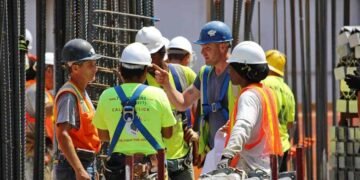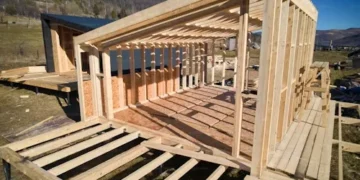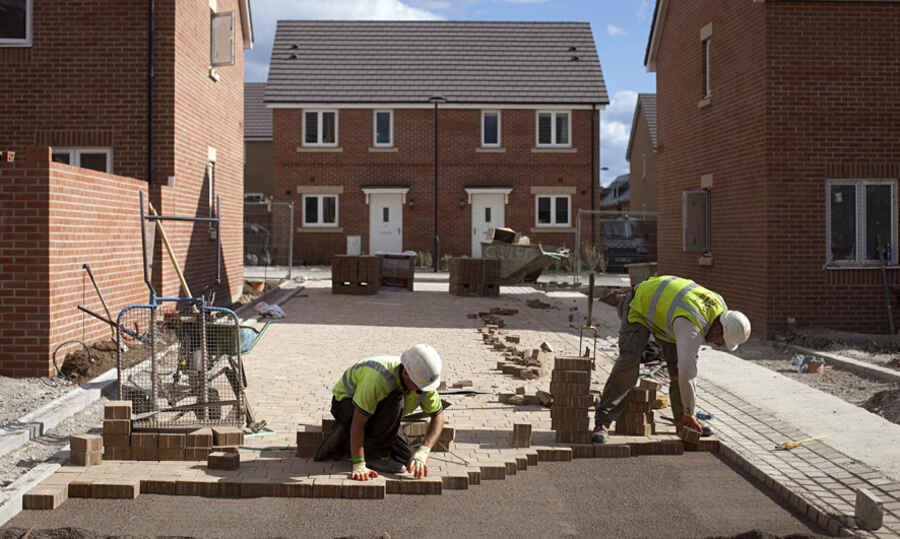The construction industry has always been a complex and dynamic sector with numerous challenges in project management. In recent years, a transformative technology called reality capture (RC) has emerged, offering unprecedented opportunities for the construction industry through the Openspace software. RC involves capturing and creating accurate representations of physical spaces through various techniques such as laser scanning, photogrammetry, and drone imagery.
Benefits of RC in Construction
RC brings several significant benefits to project management in construction. Firstly, it provides accurate and detailed data about existing conditions on construction sites. By capturing precise measurements and spatial information, RC eliminates the need for time-consuming manual surveys and enables project teams to make informed decisions based on real-world data. This information can be used for clash detection, precise quantity takeoffs, and accurate as-built documentation.
Secondly, RC facilitates enhanced collaboration among project stakeholders. By creating a digital twin of the physical environment, all team members, including architects, engineers, contractors, and clients, can virtually explore and interact with the project in its current state. This shared understanding improves communication, reduces conflicts, and enables proactive problem-solving.
Furthermore, RC enables effective progress monitoring and quality control. Project managers can identify discrepancies and deviations in real time by comparing captured data against the project’s digital models and plans. This allows for timely interventions and adjustments, minimizing rework and ensuring construction activities align with the design intent.
Applications of RC in Construction
RC finds applications across various stages of construction projects. During the pre-construction phase, it aids in site analysis and feasibility studies. Project teams can evaluate site constraints, assess risks, and optimize design decisions by capturing accurate site data. This information is particularly valuable in complex projects or renovation efforts where understanding existing conditions is critical.
In the design phase, RC supports the creation of detailed and accurate models. By combining RC data with Building Information Modeling (BIM), designers can develop comprehensive 3D models considering existing site conditions. This integration improves design accuracy, reduces clashes, and enhances constructability, resulting in better project outcomes.
During construction, RC enables efficient progress tracking and documentation. By periodically capturing the site and comparing it to the construction schedule, project managers can identify delays, anticipate bottlenecks, and take corrective actions promptly. Moreover, RC simplifies construction documentation by automatically generating as-built models and drawings, streamlining the handover process, and facilitating facility management.
Post-construction, RC supports asset management and facility maintenance. By providing a digital twin of the built environment, stakeholders can visualize and access critical information about the facility’s components, systems, and maintenance history. This knowledge enhances operational efficiency, reduces downtime, and aids in future renovation or expansion projects.
Future Implications and Challenges
The potential of RC for project management in construction is vast, and its future implications are promising. As technology advances, RC techniques will become more accessible, affordable, and user-friendly, enabling widespread adoption in the industry. Integration with other technologies, like artificial intelligence, augmented reality, and virtual reality, will further enhance RC capabilities, enabling more immersive experiences and advanced analysis.
RC technologies will enable architects, engineers, and designers to create more accurate and detailed representations of their projects. By capturing real-world environments and objects, they will incorporate precise measurements and topographical data into their designs. Also, RC will hold tremendous potential for preserving cultural heritage sites and artifacts. By digitally capturing historical buildings, monuments, and artifacts, we will create detailed 3D models that serve as records for future generations.
Wrapping Up
As the construction industry embraces this transformative technology and overcomes existing challenges, RC will undoubtedly become integral to the construction project lifecycle, unlocking new opportunities for innovation and success.
RC holds immense potential for project management in construction. It revolutionizes how construction projects are planned, executed, and maintained by providing accurate data, improving collaboration, and streamlining processes. The benefits of RC, including enhanced accuracy, improved communication, and reduced rework, contribute to cost savings and schedule efficiencies.
Recommended Posts:















